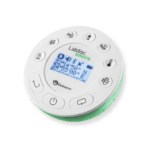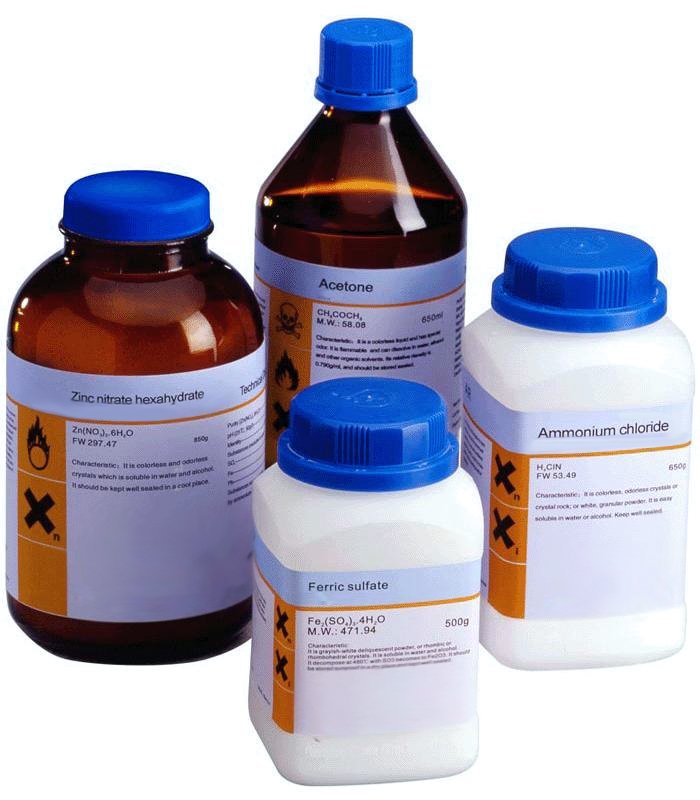Chromic acid 1Lt 5%
€13,00 incl. VAT
Chromic acid 1Lt 5%
Chromic acid, Dihydroxidodioxidochromium, Chromic(VI) acid, Tetraoxochromic acid
H2CrO4
M.W. : 118.01 g/mol
CAS Number : 1333-82-0
https://pubchem.ncbi.nlm.nih.gov/compound/Chromic-acid
Chromic acid 1Lt 5%
The term chromic acid is usually used for a mixture made by adding concentrated sulfuric acid to a dichromate, which may contain a variety of compounds, including solid chromium trioxide. This kind of chromic acid may be used as a cleaning mixture for glass. Chromic acid may also refer to the molecular species, H2CrO4 of which the trioxide is the anhydride. Chromic acid features chromium in an oxidation state of +6 (or VI). It is a strong and corrosive oxidising agent.
Properties
Appearance: Red crystals
Chemical Formula: H2CrO4
Molecular weight: 118.01 g/mol
Density: 1.201 g cm−3
Melting point: 197 °C
Boiling point: 250 °C
Solubility in water (g/100 mL): 169 g/100 mL
Chemical structure

Safety





Description
Chromic acid is an intermediate in chromium plating, and is also used in ceramic glazes, and colored glass. Because a solution of chromic acid in sulfuric acid (also known as a sulfochromic mixture or chromosulfuric acid) is a powerful oxidizing agent, it can be used to clean laboratory glassware, particularly of otherwise insoluble organic residues. This application has declined due to environmental concerns. Furthermore, the acid leaves trace amounts of paramagnetic chromic ions — Cr(III) — that can interfere with certain applications, such as NMR spectroscopy. This is especially the case for NMR tubes.
Chromic acid was widely used in the instrument repair industry, due to its ability to “brighten” raw brass. A chromic acid dip leaves behind a bright yellow patina on the brass. Due to growing health and environmental concerns, many have discontinued use of this chemical in their repair shops.
It was used in hair dye in the 1940s, under the name Melereon.
It is used as a bleach in black and white photographic reversal processing.


 Labdisc
Labdisc Botzees
Botzees Edison
Edison Telepresence Robot
Telepresence Robot DOBOT
DOBOT Keyestudio
Keyestudio Fischertechnik
Fischertechnik

